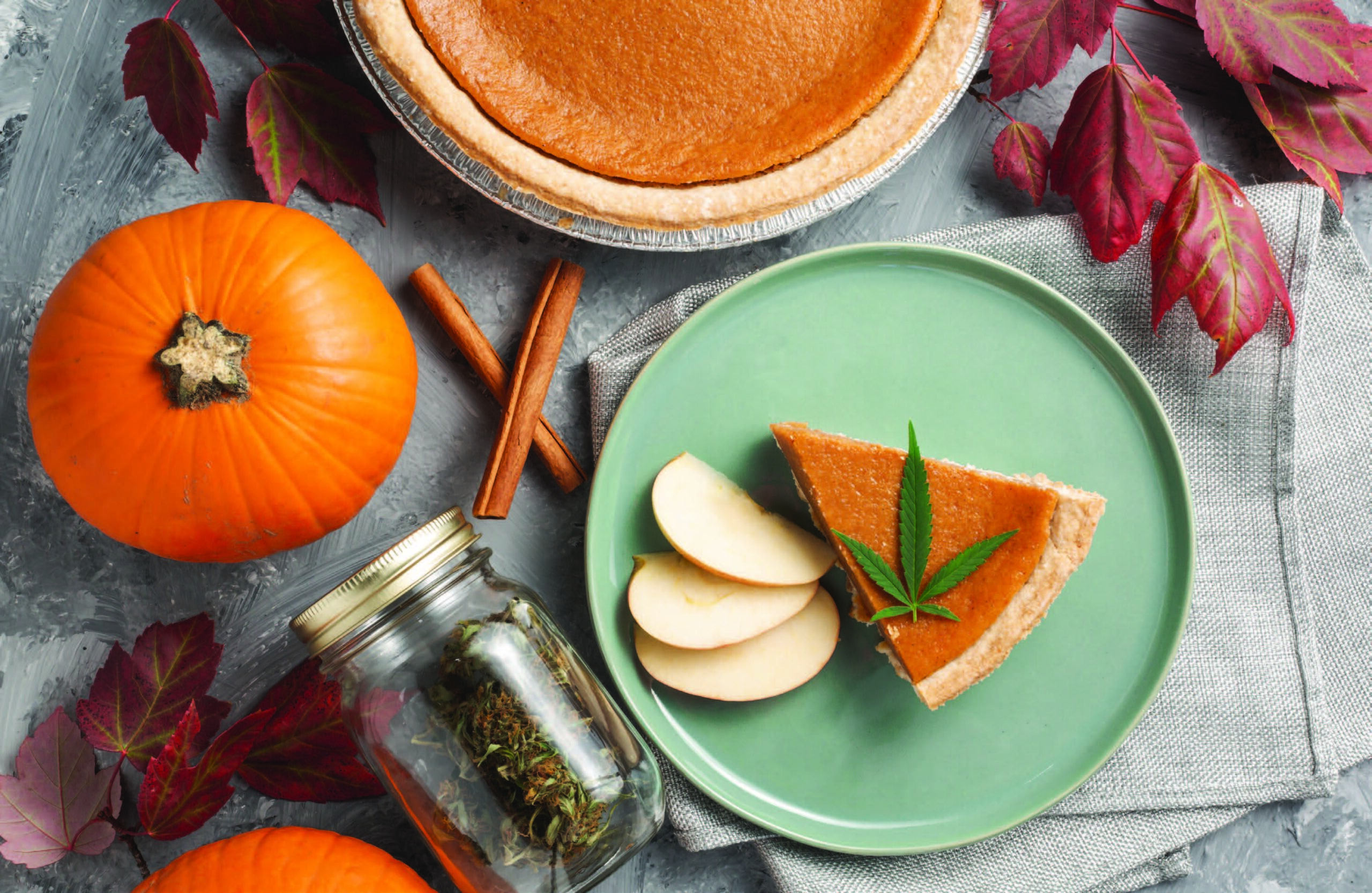My first job in the restaurant industry was as a prep cook at a high-volume corporate restaurant. Each day, I was tasked with mixing together “from scratch” salad dressings. In general, I’m not a fan of using sarcastic quotation marks, but this restaurant’s homemade dressings involved pouring a 5-gallon bucket of mayonnaise into the Hobart mixer and adding some other stuff to it. I suppose it’s a step up from buying the premade kinds, which are laden with chemicals to support their shelf-stable contents, but ethically, I can’t abide calling it scratch-made.
You would think that dealing with mayonnaise on such a large scale would turn me off of the condiment. Honestly, I’d be lying if I said thinking about that jiggly bucket didn’t give me the heebie jeebies, but I remain steadfast that mayonnaise is amazing. It’s responsible for some of my favorite sauces, and a trip to Belgium wouldn’t be complete without a cringe-worthy amount of the stuff pumped right on top of my frites. A thin layer of mayo on the bottom bun prevents a juicy burger from sogging out the roll, and using it instead of butter to coat the outside of bread makes a superior grilled cheese. It’s so essential at adding moisture to a sandwich, because (I’ve said it before, and I’ll say it again) fat is flavor. A mayo-coated BLT can create a marriage between sweet-and-savory tomatoes, salty bacon, and refreshingly crunchy lettuce. Yup, it might not be the star of the show, but I’ll crown mayo as best supporting actor to any of my favorite sandwiches.
While I can put on my chef’s hat, get up on my soap box, and shout to the world about its purpose and uses, I get that if you overdo it, mayonnaise can ruin a perfectly good meal. I can’t eat a Jimmy John’s sandwich without asking for easy mayo (and, even still, I have to look away as I scrape a layer off and hide it inside the paper wrapping). It has very little flavor on its own, simply because it’s a jiggling combination of fat and water held in suspension by an egg. There’s magic at work here – like an annoyingly likeable person who gets along with everyone, the egg is able to bridge the gap between two ingredients that just don’t want to be friends. Combine oil and water and the fat will simply float to the top, refusing to stay in suspension, no matter how hard you shake them together. The egg in mayo, though, acts like a supernatural magnet. Because it’s both hydrophobic (fat-friendly) and hydrophilic (water-friendly), it bonds with water and oil, bringing them together in a thick and happy combination.
This means a glob of mayonnaise can bring together oil and vinegar in salad dressings. It creates a creamy consistency that gives body to macaroni or potato salad. And, yes, while the idea of dipping fries directly in mayonnaise might make some of you gag, if you add a few ingredients, it transforms into something crave-worthy. A few herbs and buttermilk make ranch, pickles and lemon juice become tartar sauce, or toss it in ketchup and you’ll have fancy sauce.
For some of you, though, the hatred of mayonnaise is deeply visceral, and it goes beyond flavor and usefulness. It’s like those people who hate cilantro (you know who you are). One leaf of cilantro in a bucket of marinade and they’ll scrunch their nose and swear to avoid your cooking until the end of days. For you mayo-haters out there: It may be mayonnaise’s texture that causes your vehemence and loathing. According to a recent Popular Science article, the viscous nature of mayonnaise triggers disgust in about 20 percent of the population. To test that theory, I conducted the world’s most unscientific survey: I put it out there to my Facebook-verse to tell me if mayo was amazing or gross. Want to guess what percentage thought mayo was straight up gross? 21 percent. Why is this survey completely meaningless? Because most of you probably never saw the post. Or, you decided that my obsession with food is annoying, and simply clicked “unfollow” as you scrolled past. More likely, the haters didn’t respond for fear of being cast out as weirdos while everyone else was professing love for mayo. (Don’t worry; I’m not here to judge.)
Poll results be damned, I wonder if it really is a texture thing, or if it’s more of a deep-seated bias. Would you taste it if I snuck it onto your sandwich? Maybe. Would it be better if I called it aioli? Perhaps. It certainly sounds fancier. But, Merriam-Webster dictionary defines aioli as “a mayonnaise flavored with garlic,” so if that’s an acceptable substitute, then really, we’re just fooling ourselves.
Lindsay D. Mattison is a professional chef and food writer living in Durango. She enjoys long walks in the woods, the simplicity of New York-style cheese pizza, and she’s completely addicted to Chapstick. Contact her at [email protected].













